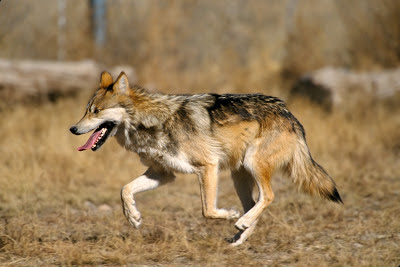Today we turn the spotlight onto WV’s service project along the
Continental Divide Trail (CDT) in the Gila National Forest. There are lots of interesting tidbits about the history of the land and the remarkable CDT in addition to the abundant hot springs and diverse wild beauty of the area. Established as a National Forest in 1905, the Gila National Forest offers a vast and remote cross section of natural southwestern splendor, from the dry, flat semi-desert terrain in the lowlands up to rugged, high mountains and canyons. The 6th largest National Forest in the continental US, Gila boasts a broad and robust biodiversity and a unique confluence of ecosystems with riparian systems adjacent to high desert and old growth forest.
This land is also the birthplace of America's wilderness-conservation movement, as the Gila Wilderness within the National Forest was established as the very first designated wilderness in the country in 1924. The rewards of wilderness designation can be found throughout the unspoiled land. The Mogollon Mountains top out at 11,000 feet and support rich high spruce, juniper, aspen and fir forests, while down at 4,200 feet octoillo as well as chihuahuan and upper sonoran desert cacti dominate the landscape. Wildlife such as the black bear, mountain lion, elk, deer, antelope, bighorn sheep, and wild turkey roam the area while the bald eagle, peregrine falcon, and the red-tailed hawk are amongst the birds that soar overhead. Many imperiled species reside in the Gila National Forest including the mexican spotted owl, mexican grey wolf, gila chub, southwestern willow flycatcher, loach minnow, spikedance and more.
Indigenous populations have a longstanding history with this land. An ancient Puebloan people, the Mogollon, are thought to be the first human settlers in the area. Before or after our service project, you can visit the ancient past with a trip to the
Gila Cliff Dwelling National Monument, located within the National Forest, to see the remarkable structures within five sandstone caves. It is not known why the dwellings were abandoned 700 years ago, although Hopi oral tradition does say migrations occurred due to cycles of beliefs and in response to changing climate.
Our service project is one of two we have that focuses on the construction of a segment of the epic Continental Divide Trail (CDT). Stretching from Mexico into Canada, the trail travels 3,100 miles following the Continental Divide along the Rocky Mountains, traversing Montana, Idaho, Wyoming, Colorado and New Mexico. Established in 1978, the CDT offers opportunity for adventure with one of the most significant features on the continent. The trail is about 70% complete and includes dedicated trail and small roads. We'll work on the trail while based in a spike camp in the nearby forest, hiking to work everyday where we'll construct tread, brush the trail corridor, and install erosion controls. This trip is suitable for seasoned volunteers as well as beginners in good shape who want to learn about camping, trail construction and Leave No Trace.
Learn more and sign up for WV’s Continental Divide Trail Project in the Gila National Forest.













3 comments:
Is this close to the hot springs?
There are several hot springs in the Gila including the two mentioned on this forest service website.
I took my first WV trip in the Gila 13 years ago. Working on the CDT was awesome!
Post a Comment